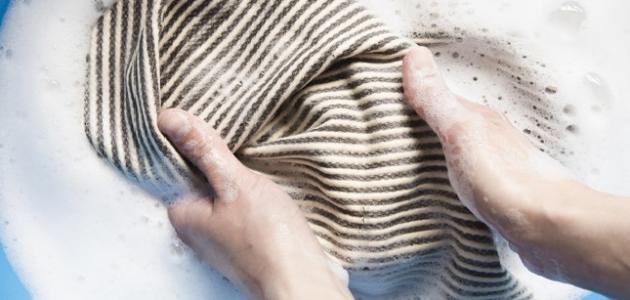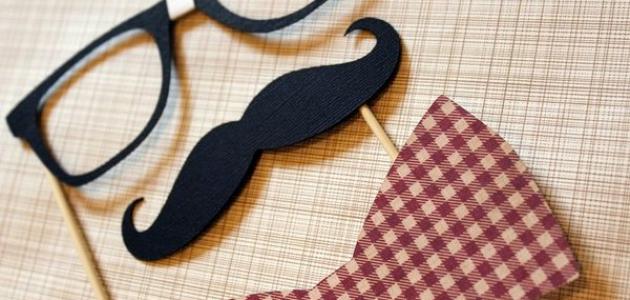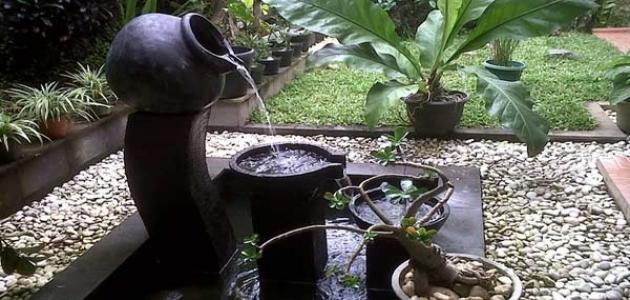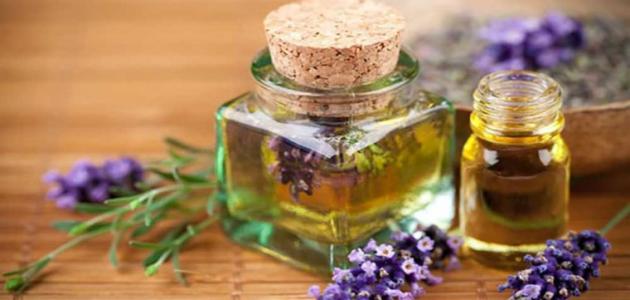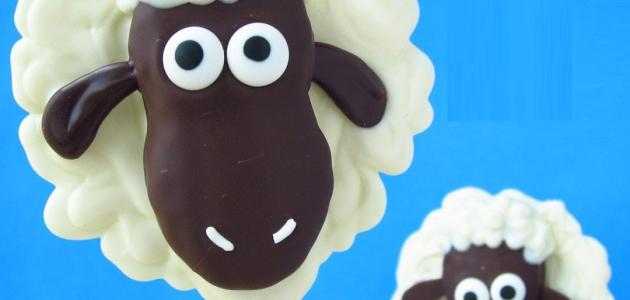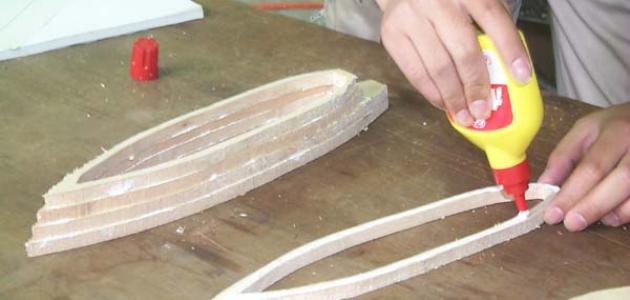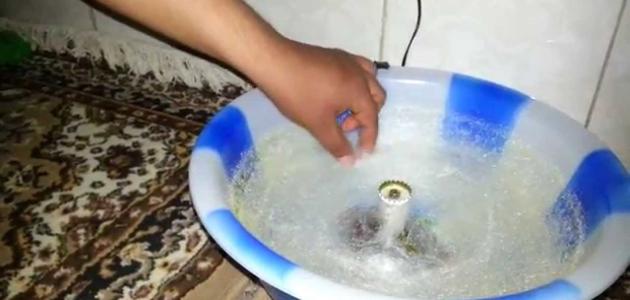Introduction
Maintaining the cleanliness of clothes and tools remains an obsession and a drive that drives people to innovate and diversify in powders. Their ability to clean and sterilize varies. Washing powders are materials that humans cannot live without, and their manufacture is a craft that humans have known for hundreds of years BC.
Despite the development of man's industrial capabilities, and the building of many factories and the accompanying increase in production capacity and decrease in prices, all this development could not eliminate many handicrafts, which have remained their charm and audience, and the quality of hand-made materials is comparable to the quality of giant factories and often It surpassed it, and examples of crafts that have remained steadfast in the face of this industrial tide are: the manufacture of perfumes, clothes, accessories, and soap. How can soap be produced by hand and what materials do we need:
Powder soap
the ingredients
- Two cups of washing soda (sodium carbonate): It is a NaCO3 compound found in the form of a white powder. It is from the alkali family and has a major role in cleaning as it absorbs fats and oils.
- Cuban Borex: A chemical that kills bacteria and is also equivalent to the alkalinity of washing soda. It helps in cleaning when mixed with water because it releases hydrogen peroxide (H2O2).
- Soap cube, scented with the scent you like or unscented.
How to prepare
- Mix washing soda and borax in a large bowl.
- Add the soap cube after cutting it into small pieces or peels. (You can use a grater to help cut the soap.)
- Stir well and it is ready to use.
- The following can be added to give the washing powder other advantages:
- Adding concentrated perfume, to give the laundry a distinctive aromatic scent.
- Herbs give a distinctive scent and colors to the soap.
- Food carbonation absorbs the bad smell from the laundry.
- Store it in an airtight container and add a quarter cup or half a cup to each wash, depending on the amount of laundry and the type of dirt.
Liquid Soap
the ingredients
- A cup of washing soda (sodium carbonate).
- Borex cup.
- Soap cube, scented with the scent you like or unscented.
- Water.
- 20 liter bowl.
How to prepare
- Grate the soap into flakes.
- Mix with two liters of water.
- Place on medium heat and stir well until the soap dissolves completely.
- In another pot of water, heat 17 liters of water until it boils.
- After the water boils, put it in a 20 liter container.
- Add the borax and soda to the boiling water and stir well until they dissolve.
- Add the contents of the first bowl to the contents of the second bowl and stir well until combined.
- Leave until it cools and hardens until it becomes solid. It takes about 12 hours.
- It is packaged in bottles or cans for preservation.
Soap using vegetable oils
the ingredients
- Basic ingredients:
- Ten milliliters of vegetable oil.
- Ten milliliters of ethanol (white alcohol).
- Five milliliters of sodium hydroxide or potassium hydroxide.
- Water.
- Optional components:
- pigments.
- perfumes.
- Table salt, sodium chloride.
How to prepare
- Vegetable oil is added to ethanol and sodium hydroxide or potassium hydroxide.
- Place the mixture on the fire with constant stirring for approximately ten minutes.
- It is necessary for the fire to be quiet so that the ingredients do not catch fire.
- Stirring must remain continuous until the consistency of the soap produced becomes solid and becomes cream-like.
- Dyes are added if desired, as well as perfumes.
- Leave the mixture until it cools and becomes somewhat solid.
- Now remove the impurities by adding 20 milliliters of boiling water and stirring the mixture to dissolve the excess ingredients (sodium hydroxide and glycerin) and filter it with a strainer.
- The solid component is taken and 25 milliliters of sodium chloride (table salt) is added to it, while the mixture must not be stirred for more than one or two turns only.
- The soap is now ready to use.
- Store in an airtight container.
